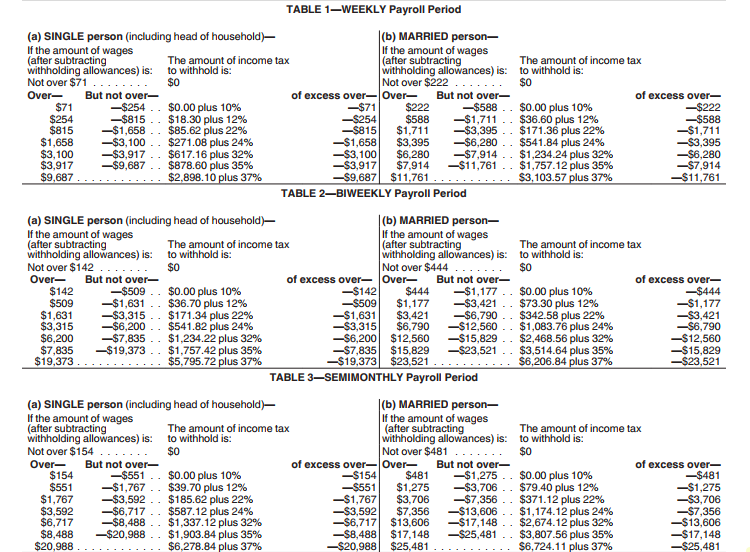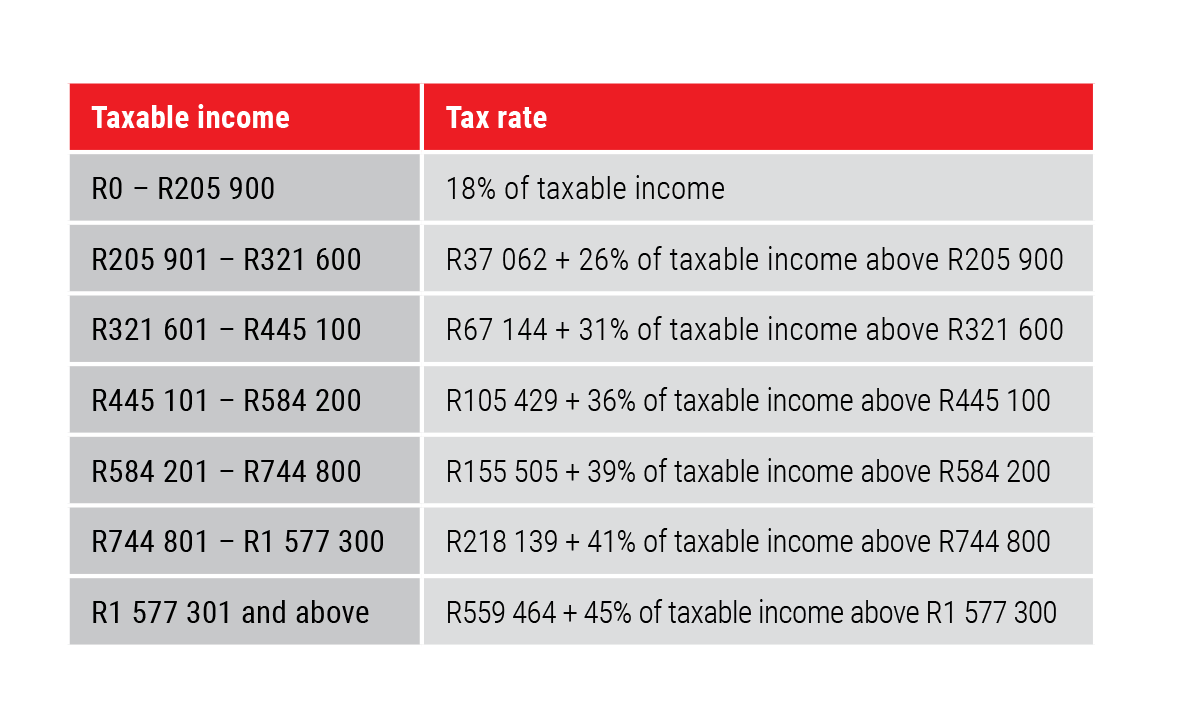

IF ( SELECTEDVALUE ( 'KPI Chart' ) = "Total", For the tooltip chart showing when on top of «Total», the measure would be: Total Tooltip Measure := If that was the case, we could build the measures of the tooltip in a similar fashion, as we would have two different tooltips, one for each category. For instance, if we had just two categories, Total and Red products, our measure could be like: KPI Chart Measure := Then of course you’ll have to make a nice measure that depending on the value of this new column it shows the appropriate calculation. You can go the PowerQuery or the DAX way, it doesn’t really matter. And while we are at it also an «Order» for our «Category». Well, first of all, to build any chart we need a column containing all the axis values we want to show, right? In case we want an ad-hoc chart like this we’ll have to build ourselves a table, say «KPI Chart», with a column, say «Category», with all these values. So now, what is this condition and how can we set it up?

The only difference is that with background our BLANK outcome will be a transparent color, like #FFFFFF00. Both accept measure driven content so we can apply pretty much the same approach. Ok, but of course we need to take care of other aspects, like the title, or the background. So why not turn it into our favor? whenever the condition is true show me my measure, otherwise just BLANK(). I experienced that many times unintendedly during DAX-fights. Here’s the thing: What if I could make a chart disappear depending on a measure value or calculation?Īctually is possible: if you think of it, if the measure you are trying to plot only returns BLANK() even the axis do not display. Once it’s done it’s actually quite straight forward. There have been many learnings, but today I’ll just detail the technique to show a different tooltip depending on the item. I added to the mix that it would be nice to see highlighted their own value in the tooltip of course. But of course, when looking at a manufacturer-level value, they would like to see their value together with that for other manufacturers, and when looking at a brand level then wanted to see it with all the other brands. But then they said that that they would like to know how others were doing on the tooltip. But coming from excel they were used to build charts any way they saw fit, so they liked to see on the same chart their own year-on-year growth in general as a manufacturer, then in different distribution channels, then specifically the growth of their two main brands, and then the growth on different regions. The customer followed the market share trends, to see how it compared to the rest, as a manufacturer, and at a brand level.


 0 kommentar(er)
0 kommentar(er)
